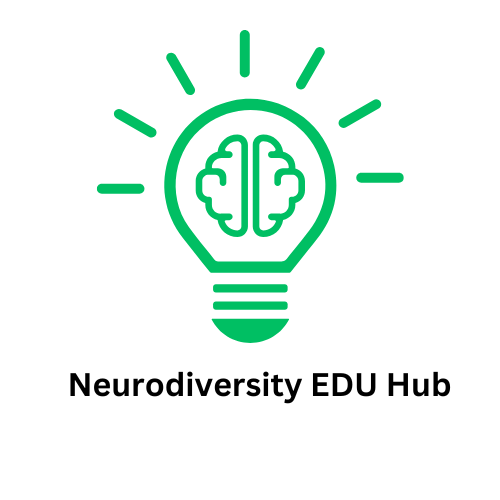
Understanding the ADHD Energy Paradox
The term "ADHD Energy Paradox" encapsulates a unique challenge faced by many individuals with ADHD, particularly in educational settings. ADHD is often associated with hyperactivity and impulsivity, but it can also present as a wellspring of creativity and boundless energy. In our haste to harness this energy, we may find ourselves overwhelmed by a desire to tackle too much at once. For parents and teachers, understanding this paradox is vital in providing tailored support to neurodiverse children.
In 'The ADHD Energy Paradox,' the discussion dives into the challenges and unique strengths of neurodiverse individuals, exploring key insights that sparked deeper analysis on our end.
How ADHD Affects Energy and Creativity
Children with ADHD often experience fluctuations in energy levels that can affect their daily lives. One minute they may be bubbling with creative ideas, eager to paint a masterpiece or build an elaborate structure with blocks; the next, they may struggle to focus long enough to complete a single task. This erratic energy can be a double-edged sword. On the one hand, it nurtures a vibrant imagination; on the other, it can lead to frustration when faced with the limitations of time and physical capacity.
Lessons From Real Experiences
Consider the experience of Jake, a young boy with ADHD who dreams of becoming a renowned inventor. On particularly inspired days, he would wake up feeling as if he could take on the world, bursting with energy and ideas. He envisioned multiple projects simultaneously: building a robot, designing a solar-powered car, and writing a sci-fi story. However, by mid-afternoon, fatigue would set in, and he’d feel disheartened having completed little, if any, of his ambitious list. Understanding his cycle of energy helped both him and his parents devise strategies to manage it more effectively.
Actionable Tips for Parents and Teachers
How can parents and teachers support children with ADHD in managing their energy levels? Here are a few strategies that can help:
- Set Achievable Goals: Break large tasks into smaller, manageable goals. This can help students feel a sense of accomplishment without becoming overwhelmed.
- Prioritize Tasks: Teach children to identify high-priority tasks each day. These should be aligned with their energy levels, focusing on completing tasks when their enthusiasm is peaking.
- Incorporate Movement: Allow for physical activity breaks during lessons. A short burst of movement can help students expel excess energy and refocus their minds.
- Use Visual Aids: Visual calendars and task lists can help children with ADHD keep track of their responsibilities and understand what they need to accomplish over a period of time.
Creating a Supportive Environment
A supportive environment is crucial for children with ADHD to thrive. It’s important to foster open communication where children can express their feelings and frustrations about their energy levels. Teachers should be educated about neurodiversity and how to adapt their teaching methods
Using different learning styles and teaching methods can create more inclusive environments. Allowing for open dialogue about ADHD and its challenges can help build empathy among peers, which is crucial for developing social skills.
Understanding the Broader Implications
As the conversation around ADHD continues to evolve, there's a growing awareness of its complexities. It not only affects the individuals diagnosed but also impacts families and educational systems. By addressing these complexities, we pave the way for improved resources, better educational strategies, and ultimately, a society that understands and embraces neurodiversity. This understanding is essential for empowering future generations.
Moving Forward with Compassion
The ADHD Energy Paradox highlights the importance of compassion in both educational and home environments. By recognizing that the energy levels associated with ADHD are simply a part of who these children are, we can cultivate a nurturing atmosphere that celebrates their vibrant minds while also gently guiding them toward effective management of their creativity and energy.
In our journey to understand and support those with ADHD, let us remember that it’s not just about managing behaviors but about celebrating the unique strengths that come with this neurodiversity. If parents and teachers work collaboratively, they can turn the challenges of the ADHD Energy Paradox into opportunities for growth and creativity.
 Add Row
Add Row  Add
Add 




Write A Comment